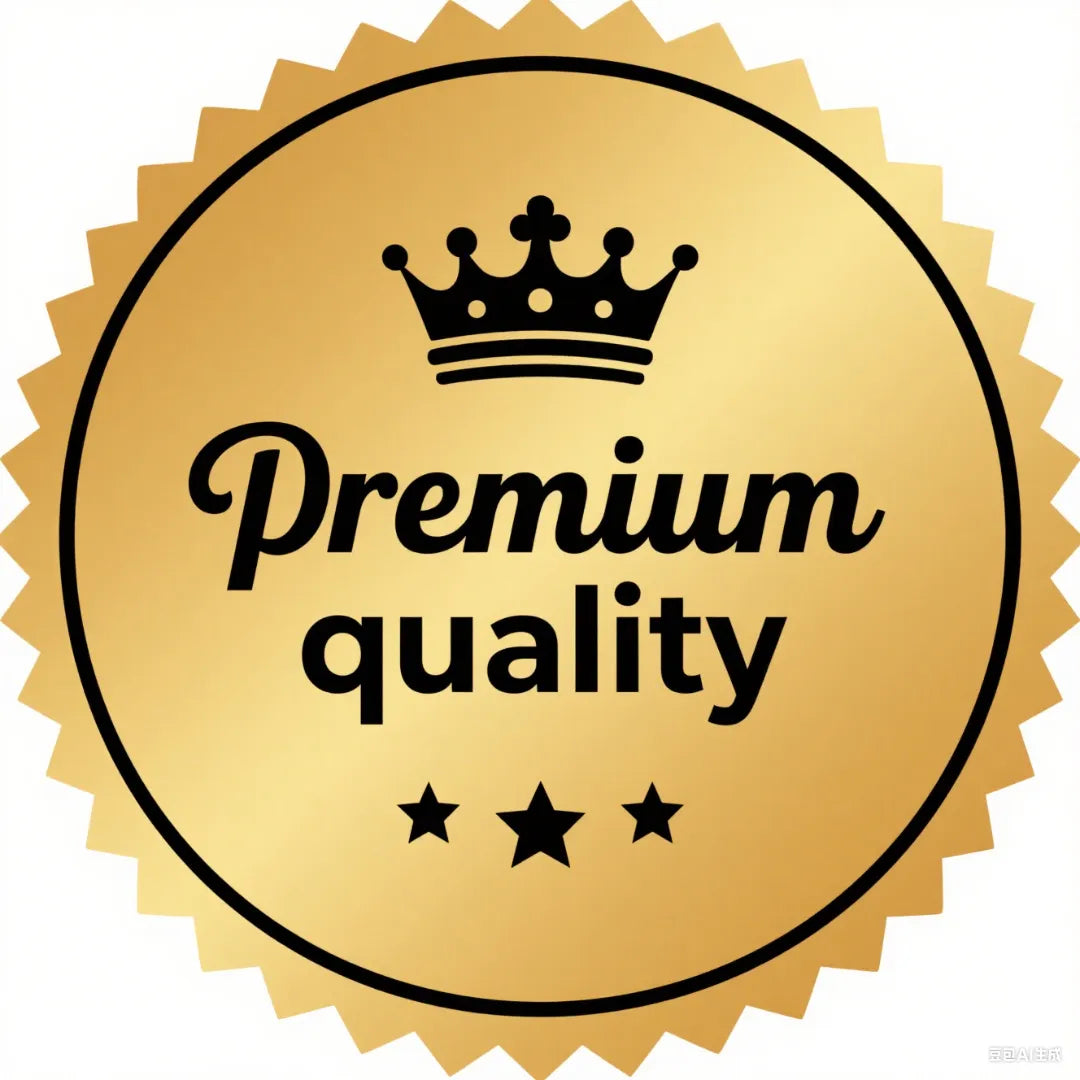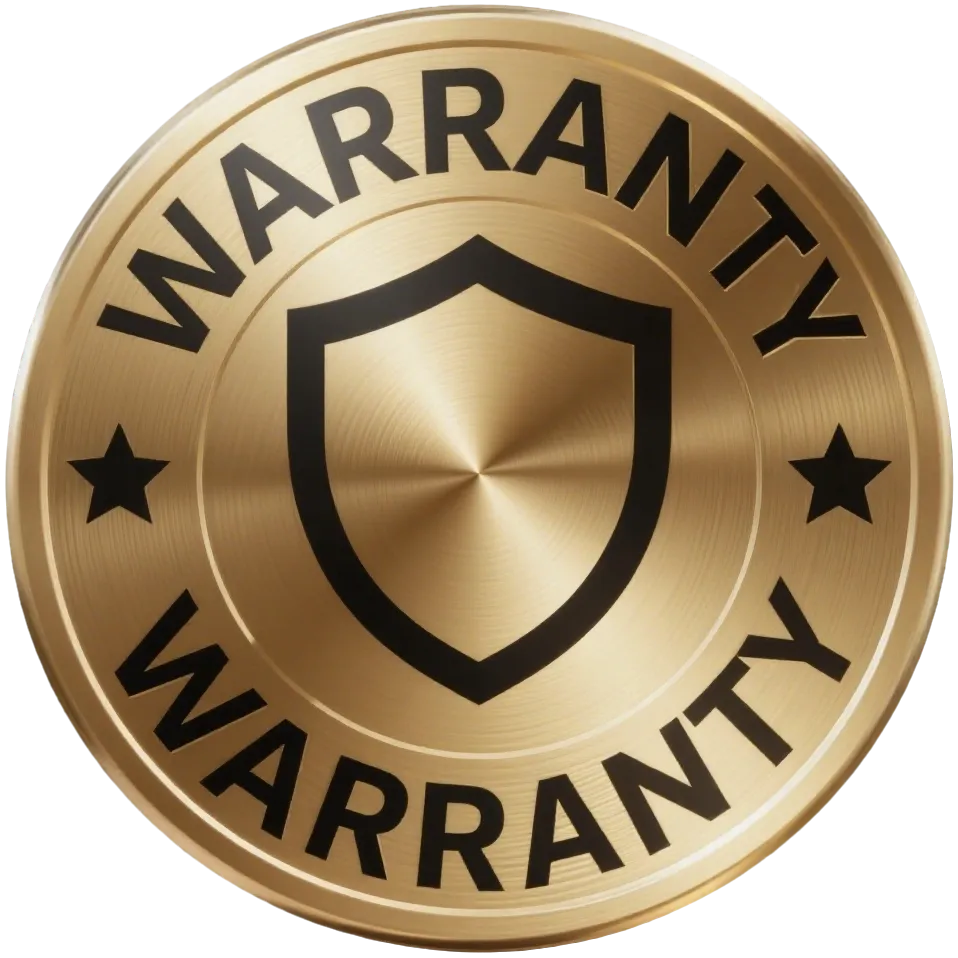When we think of invisible killers, few people immediately picture radon. Yet this radioactive gas has quietly lurked in our homes, schools, and workplaces for centuries—responsible for thousands of preventable deaths each year. While originally identified as a hazard in the deep shafts of uranium mines, radon is now recognized as a pervasive household threat. But how did we get here? How did humanity come to understand the dangers of radon, and more importantly—how can we protect ourselves?
This article explores the history of radon exposure, its transition from an occupational hazard to a public health concern, and how modern technology, like the AEGTESTSHOP radon detector, is empowering everyday families to take control of their indoor air quality.
The Silent Killer Beneath Our Feet
Radon is a naturally occurring radioactive gas produced by the decay of uranium in soil, rock, and water. It’s colorless, odorless, and tasteless—making it impossible to detect without specialized equipment.
The earliest known impacts of radon weren’t recognized as such at the time. As early as the 16th century, miners in the Ore Mountains of Eastern Europe were dying in large numbers from what was then called “mountain sickness.” It wasn’t until the 19th and 20th centuries that scientists began to connect these deaths to lung diseases, particularly lung cancer.
In the 1940s and 1950s, as uranium mining ramped up in the United States and elsewhere, the health effects of radon became undeniable. Studies revealed that miners exposed to high levels of radon were developing lung cancer at alarmingly high rates. The culprit? Inhalation of radon decay products that attached to dust particles in the air and lodged in their lungs.
The Shift to Public Health Awareness
For a long time, radon was seen as a niche problem—an occupational hazard confined to specific jobs. But by the 1980s, scientists discovered elevated radon levels in homes, schools, and office buildings. The shock came when researchers realized that in certain areas, radon concentrations indoors could rival or even exceed those found in mines.
In 1984, a Pennsylvania nuclear plant worker triggered a radiation alarm—not at work, but at home. Further investigation revealed extremely high levels of radon gas in his house, caused by natural uranium in the soil beneath. This case became a wake-up call that radon wasn’t just a miner’s concern—it was a household danger.
Today, the U.S. Environmental Protection Agency (EPA) estimates that radon is responsible for over 21,000 lung cancer deaths per year in the United States alone, making it the second leading cause of lung cancer after smoking.
What Makes Radon So Dangerous?
Unlike carbon monoxide, which can cause immediate poisoning, radon’s effects are slow and cumulative. Over months and years of exposure, radioactive particles damage lung tissue and increase cancer risk. What makes this gas especially insidious is that you may never know it’s there—until it’s too late.
The European Committee on Radiation Risk (ECRR) recently reported that even low concentrations of 100 Bq/m³ (2.7 pCi/L) carry a cancer risk: about 1 in 2,500 people will develop lung cancer from such exposure. And yet, this level is below the current “action level” in many countries.
So the question arises: Are the so-called “safe” levels truly safe? Many scientists now argue they are not.
Radon in the Home: Where and Why It Builds Up
Radon seeps into buildings through cracks in foundations, gaps around pipes, and even porous construction materials. It’s most commonly found in basements or lower floors where the contact with soil is direct.
In colder climates, radon risk increases during the winter months. The stack effect—where warm air rises and escapes—creates a vacuum that draws radon-rich soil gas into the home. Insulation, while great for energy savings, can trap this gas indoors.
Construction materials such as granite, tiles, and concrete have also been shown to emit radon, although usually at lower levels than soil-based sources. Recent studies have challenged previous assumptions, suggesting that even materials like granite countertops can elevate indoor radon levels under certain conditions.
What Can You Do? Start with Accurate Detection
Given the serious risks and the invisible nature of radon, the first line of defense is always detection. Unfortunately, many people still rely on outdated, single-use test kits that offer only a snapshot of radon levels over a short period. These may miss critical fluctuations and lead to a false sense of security.
Enter the AEGTESTSHOP Radon Detector—a next-generation solution for modern homes.
AEGTESTSHOP HOUND-1011: Your Everyday Shield Against Radon
The AEGTESTSHOP HOUND-1011 is a compact, portable radon detector designed for continuous, long-term monitoring. Unlike single-use kits, it gives you real-time updates and allows you to track radon levels over hours, days, and even months.
✅ Key Features:
-
High-Precision Sensor: Offers fast, accurate readings with first results in as little as 6 hours.
-
Multiple Timeframes: Monitor radon concentrations over 6, 24, 48, 96 hours—or even 504 days.
-
Dual Units: Easily switch between pCi/L and Bq/m³ to suit your regional standard.
-
Long Battery Life: Lasts up to 45 days in sleep mode; includes USB Type-C charging for convenience.
-
User-Friendly: No learning curve—simply turn it on and start monitoring.
-
Portable Design: Perfect for use at home or on the go—protects you in hotels, cabins, or dorms.
Whether you're concerned about long-term exposure or want to evaluate the effectiveness of radon mitigation systems, the HOUND-1011 offers peace of mind with every breath you take.
Why Continuous Monitoring Matters
Radon levels fluctuate dramatically based on weather, ventilation, and building use. A short-term test might capture a “low” reading during a windy day with windows open, but miss the dangerous build-up during a still, cold night.
Long-term monitoring provides a clearer picture of your average exposure and helps you make informed decisions about mitigation.
during winter due to temperature differentials and pressure changes.
With AEGTESTSHOP's radon detector, you can track these trends and act accordingly—whether it's sealing foundation cracks, improving ventilation, or installing a mitigation fan system.
The Way Forward: Awareness, Action, and Access
Radon has traveled a long road—from being the hidden killer of miners to becoming a global household health concern. But the good news is that awareness is growing, and solutions are more accessible than ever.
Organizations like the EPA, World Health Organization (WHO), and Canadian Radon Program now run campaigns to encourage home testing. Many governments even offer subsidies for radon mitigation systems.
But the first step still begins with you.
By understanding the risks and choosing smart tools like the AEGTESTSHOP HOUND-1011, you’re not just protecting your own health—you’re contributing to a broader movement toward safer indoor environments for all.
Conclusion: Know Your Air, Protect Your Health
The story of radon is one of scientific discovery, public health evolution, and now, personal empowerment. We no longer need to wait for symptoms or rely on guesswork. The tools to understand and combat this invisible threat are right in our hands.
With the AEGTESTSHOP radon detector, you can finally take radon out of the shadows—so you and your loved ones can breathe a little easier.





